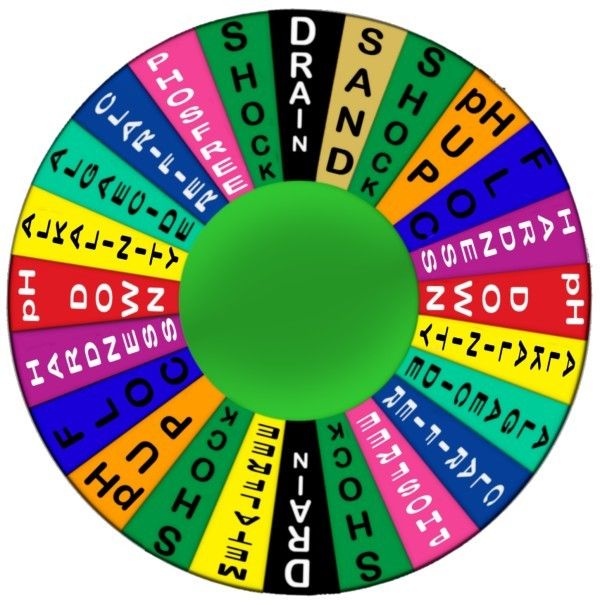i just joined Trouble Free Pool, but i've read threads in this forum for a while.
my pool was finished fall of this year in dallas-ft worth metroplex. My issue: i am constantly having to lower the pH and then eventually having to raise the alkalinity.
my current chemistry as of this morning using Taylor K-2006 test kit is FC 4.6, CC zero, pH 7.7, alkalinity 80 (before CYA correction), calcium hardness 200, CYA 30, phosphates zero (i checked it last week with AquaChek phosphate test (and i have been adding Leslie's Phos Free commercial strength to lower this), TDS 600. current outdoor temp 45 degrees, and pool temp 51 degrees. pool is checked three times a week.
i also add polyquat 60 algae control weekly, Leslie's Scale Free monthly, and Leslie's Pool Perfect weekly. Trichlor tabs in my chlorine feeder. the feeder includes Nature2 fusion "mineral technology".
i added 7 cups of muriatic acid this morning after checking the chemicals. i would like to get the pH to hover around 7.4. i to put a lot of acid into the pool but can't seem to get the pH below 7.7; the most muriatic acid i have put in at one time is 7 cups.
any ideas are appreciated. thanks
my pool was finished fall of this year in dallas-ft worth metroplex. My issue: i am constantly having to lower the pH and then eventually having to raise the alkalinity.
my current chemistry as of this morning using Taylor K-2006 test kit is FC 4.6, CC zero, pH 7.7, alkalinity 80 (before CYA correction), calcium hardness 200, CYA 30, phosphates zero (i checked it last week with AquaChek phosphate test (and i have been adding Leslie's Phos Free commercial strength to lower this), TDS 600. current outdoor temp 45 degrees, and pool temp 51 degrees. pool is checked three times a week.
i also add polyquat 60 algae control weekly, Leslie's Scale Free monthly, and Leslie's Pool Perfect weekly. Trichlor tabs in my chlorine feeder. the feeder includes Nature2 fusion "mineral technology".
i added 7 cups of muriatic acid this morning after checking the chemicals. i would like to get the pH to hover around 7.4. i to put a lot of acid into the pool but can't seem to get the pH below 7.7; the most muriatic acid i have put in at one time is 7 cups.
any ideas are appreciated. thanks



